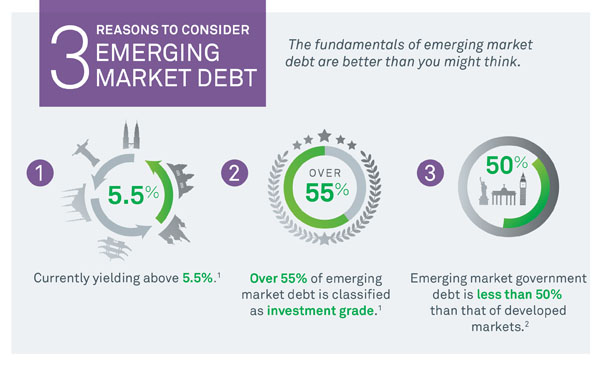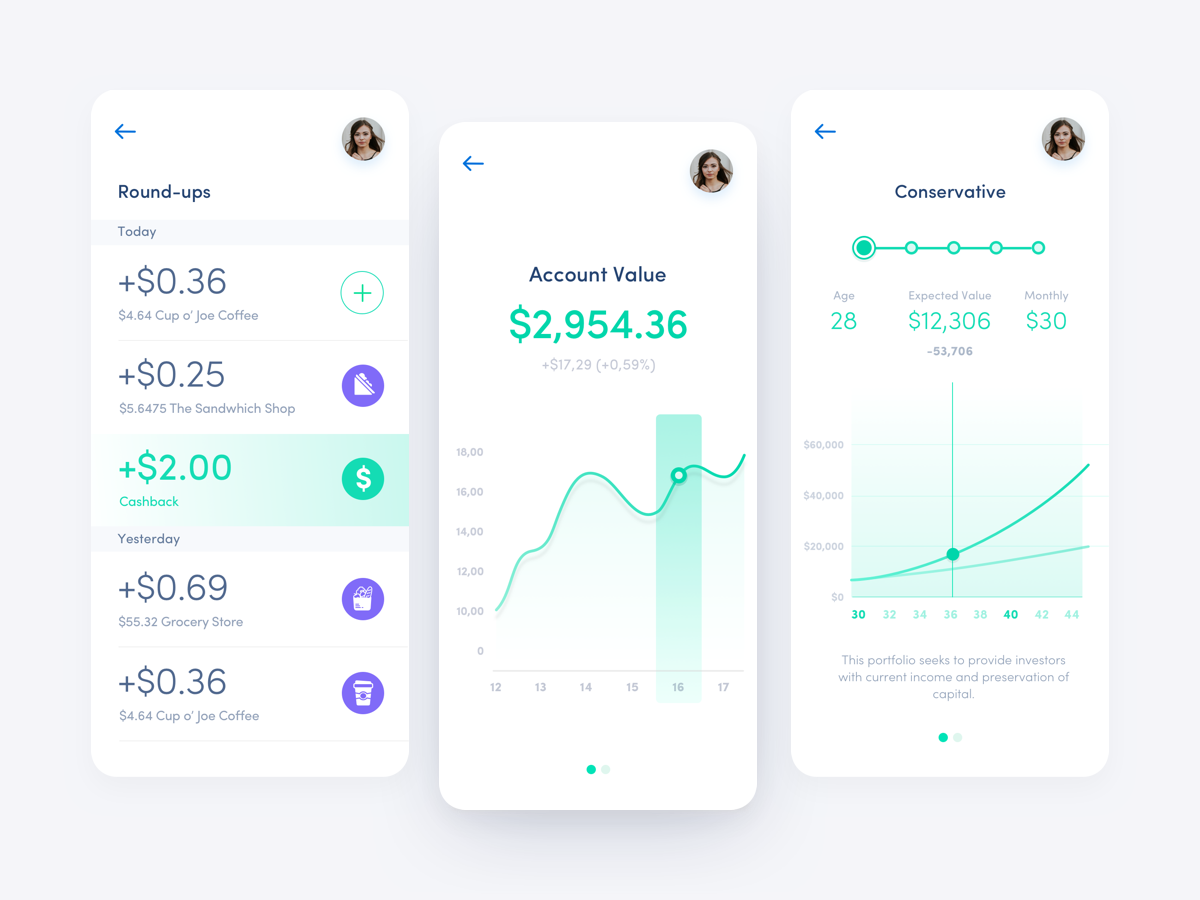
A foreign currency swap, also known by the FX or Forex name, is the simultaneous purchase and selling of a currency. It may also involve the use of foreign exchange derivatives. This can allow you to gain exposure to various currency pairs. Here are some examples.
Foreign exchange swap
A foreign currency swap, also known by the names FX swap or Forex swap, is a financial transaction in that one country's currency exchanges for another. Foreign exchange derivatives may be used to facilitate this transaction. It is a popular way to trade currencies. However, it can also be risky.
To hedge their risks, many companies resort to currency swaps. To hedge their risks, they may borrow currency from one country, then sell it at a higher exchange rate in another. Later, the currency can be swapped. This method is particularly helpful for companies that operate in different currencies or for those who wish to borrow large amounts without the risk of currency fluctuations.

Foreign exchange basis swap
A foreign exchange basis swap is a contract that involves two currencies. The basis points represent the swap's interest rate. One basis point equals 0.01%. When the Lehman collapse occurred in 2008, the swap rate dropped below -1.2%. The swap rate has fluctuated ever since. The swap amount equals the difference between the spot rates of the two currencies.
A basis swap allows a bank to change a dollar liability for a euro liability. This allows the bank the ability to borrow in euro currency more easily.
Overnight swap
FX traders are able to benefit from the interest rate differential of currency pairs during the overnight. A currency pair with a positive interest rate differential is likely to remain in favor for a very long time. For overnight swaps, traders may be able to leverage with a broker and receive a high-interest rate. To hedge their positive interest rate position, traders can open separate accounts with different brokerages to obtain a zero-interest-rate position.
FX overnight Swaps are risk-free and much more risk-free than conventional short-term loans. There is no default risk as the swapped amount serves to secure the loan. A cross-currency Swap is slightly more risky. The counterparty defaults if it fails to make its interest payments at the maturity date or makes a lump payment.

Currency swap with central banks
A currency swap involves a transaction in the which a central bank from one country provides liquidity to the central banking of another. This arrangement is also called a central bank liquidity Swap. A currency swap is a way for a central banking institution in one country that can purchase currency in another.
Currency swaps may be a great option to help support another currency. In addition to helping stabilize currencies, they can help prevent the devaluation of their home currencies. To conduct a currency exchange, a central bank must have authority to swap currencies.
FAQ
What are the benefits to owning stocks
Stocks are more volatile that bonds. When a company goes bankrupt, the value of its shares will fall dramatically.
But, shares will increase if the company grows.
Companies often issue new stock to raise capital. This allows investors buy more shares.
To borrow money, companies can use debt finance. This allows them to access cheap credit which allows them to grow quicker.
If a company makes a great product, people will buy it. The stock will become more expensive as there is more demand.
Stock prices should rise as long as the company produces products people want.
What is the purpose of the Securities and Exchange Commission
SEC regulates the securities exchanges and broker-dealers as well as investment companies involved in the distribution securities. It enforces federal securities regulations.
How do I choose a good investment company?
A good investment manager will offer competitive fees, top-quality management and a diverse portfolio. The type of security that is held in your account usually determines the fee. Some companies charge no fees for holding cash and others charge a flat fee per year regardless of the amount you deposit. Others charge a percentage on your total assets.
You should also find out what kind of performance history they have. Companies with poor performance records might not be right for you. Avoid low net asset value and volatile NAV companies.
You also need to verify their investment philosophy. To achieve higher returns, an investment firm should be willing and able to take risks. If they are unwilling to do so, then they may not be able to meet your expectations.
What is security?
Security is an asset that generates income for its owner. Shares in companies are the most popular type of security.
There are many types of securities that a company can issue, such as common stocks, preferred stocks and bonds.
The earnings per shared (EPS) as well dividends paid determine the value of the share.
Shares are a way to own a portion of the business and claim future profits. If the company pays you a dividend, it will pay you money.
You can sell your shares at any time.
What is the difference?
Brokers specialize in helping people and businesses sell and buy stocks and other securities. They take care of all the paperwork involved in the transaction.
Financial advisors are experts on personal finances. Financial advisors use their knowledge to help clients plan and prepare for financial emergencies and reach their financial goals.
Banks, insurance companies or other institutions might employ financial advisors. You can also find them working independently as professionals who charge a fee.
Consider taking courses in marketing, accounting, or finance to begin a career as a financial advisor. Also, it is important to understand about the different types available in investment.
Statistics
- Even if you find talent for trading stocks, allocating more than 10% of your portfolio to an individual stock can expose your savings to too much volatility. (nerdwallet.com)
- The S&P 500 has grown about 10.5% per year since its establishment in the 1920s. (investopedia.com)
- US resident who opens a new IBKR Pro individual or joint account receives a 0.25% rate reduction on margin loans. (nerdwallet.com)
- "If all of your money's in one stock, you could potentially lose 50% of it overnight," Moore says. (nerdwallet.com)
External Links
How To
How to make a trading program
A trading plan helps you manage your money effectively. It helps you understand your financial situation and goals.
Before you begin a trading account, you need to think about your goals. You may want to save money or earn interest. Or, you might just wish to spend less. If you're saving money you might choose to invest in bonds and shares. If you're earning interest, you could put some into a savings account or buy a house. Perhaps you would like to travel or buy something nicer if you have less money.
Once you know your financial goals, you will need to figure out how much you can afford to start. This depends on where you live and whether you have any debts or loans. It is also important to calculate how much you earn each week (or month). The amount you take home after tax is called your income.
Next, you will need to have enough money saved to pay for your expenses. These expenses include rent, food, travel, bills and any other costs you may have to pay. These all add up to your monthly expense.
The last thing you need to do is figure out your net disposable income at the end. This is your net discretionary income.
This information will help you make smarter decisions about how you spend your money.
To get started with a basic trading strategy, you can download one from the Internet. Ask an investor to teach you how to create one.
Here's an example spreadsheet that you can open with Microsoft Excel.
This shows all your income and spending so far. This includes your current bank balance, as well an investment portfolio.
And here's another example. This was created by an accountant.
This calculator will show you how to determine the risk you are willing to take.
Do not try to predict the future. Instead, be focused on today's money management.